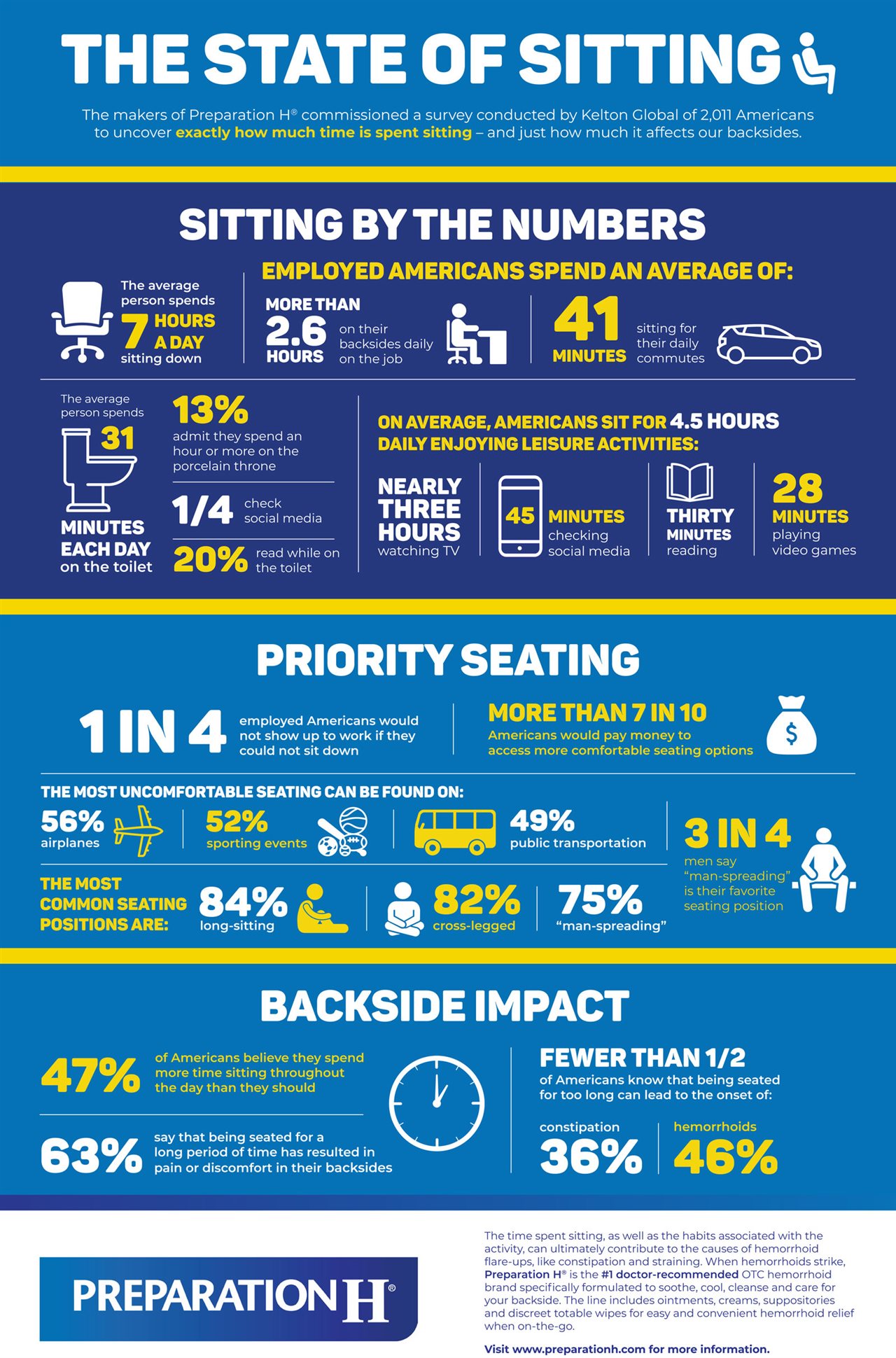2019-09-30T23:01:00
(BPT) – Summer’s over, and with cooler months ahead your outdoor activities begin to change. The lawn and garden are no longer your focus. Now, it’s time to think about what you need to do to get your home ready for fall projects and winter storms. This is especially true if you have old or dead trees in your yard that could turn hazardous as the conditions shift.
Tackling those troublesome trees often requires you to use heavy-duty equipment — like your chainsaw. Whether you’re an experienced chainsaw user or it’s your first time, the following safety and cleaning tips will help make your outdoor project as successful as possible. All in time for National Chainsaw Safety Month.
1. Have the right equipment. Your chainsaw is a natural component here, but there is plenty of safety equipment you should wear while operating a chainsaw. The experts at Husqvarna recommend you wear a helmet with ear muffs, visor and protective glasses, protective pants, trousers or chaps, a forestry jacket, anti-slip boots and gloves whenever you’re operating your chainsaw. In addition to this list, be sure to avoid loose-fitting clothing at all costs.
2. Practice proper saw-handling techniques in case of yard cleanup. Unexpected storms can bring serious storm damage, so it’s important to know the right techniques should you need to bring out your heavy-duty power tools — like chainsaws — this fall and winter. Cleaning up an area hit by storms is one of the most hazardous tasks when working with a chainsaw, and statistically, this is when chance of injury is the highest.
While this is especially vital for newer chainsaw users, everyone should remember these five vital saw-handling principles from Husqvarna:
Wrap your thumbs and fingers completely around the handle and hold your front hand under the front handle to reduce kickback. Hold the saw close to your body for better balance and accuracy. Achieve proper positioning by placing your left foot in front of your right and bend with your knees, not your back. Make sure the chain has stopped rotating before you move to another spot. See that all others are 10 feet or more away from you when you are using your chainsaw. Never fell a tree in your own yard. Call a professional, like emergency responders, to come out and handle this.
3. Make it a group affair. If possible, try to always have someone else with you when operating a chainsaw in case of an accident or injury. If you must work alone, be sure to let others know exactly where you will be and keep your mobile phone on you at all times in case you need to call for help.
4. Keep the area clean. Using your chainsaw can be a messy process, but it’s still worth your time to make sure the area is clean before you cut. This means taking time to remove dirt, debris, rocks and nails to ensure the clearest possible cutting area.
5. Proper storage. Once you’re finished with your task for the day, it’s important to safely store your chainsaw for future use. Start by clearing all debris from the body, guide bar and saw. Loosen the chain bar, allowing the chain to cool, and place the scabbard over the saw itself. When your chainsaw is cool, take the time to clean the chain break band and remove the chain to clean inside the track. You should also check the air filter and tighten any screws that have grown loose.
Cutting safely and effectively
Your chainsaw is your tool of choice for tackling troublesome fall and winter projects. Take care of it during and after the cut and your chainsaw will be ready to support you for months and years ahead.








